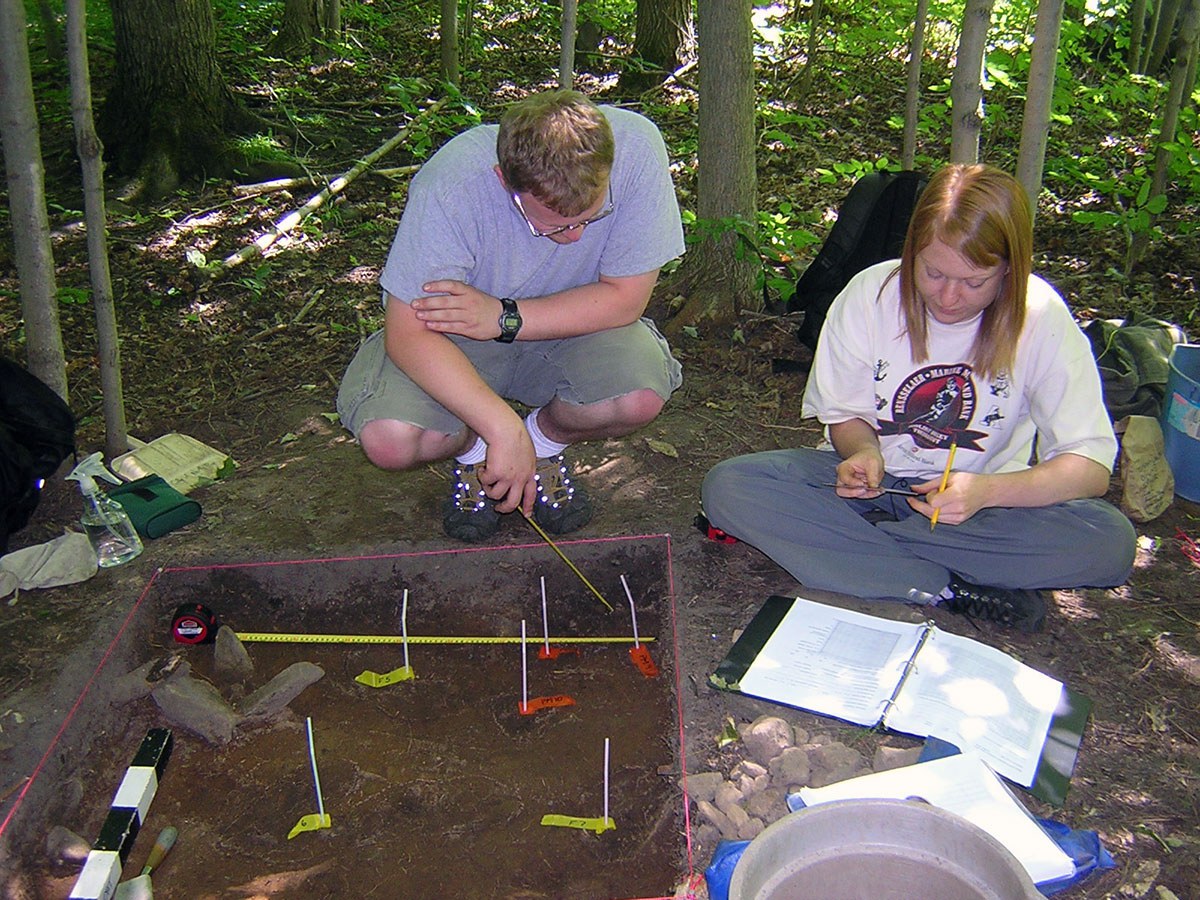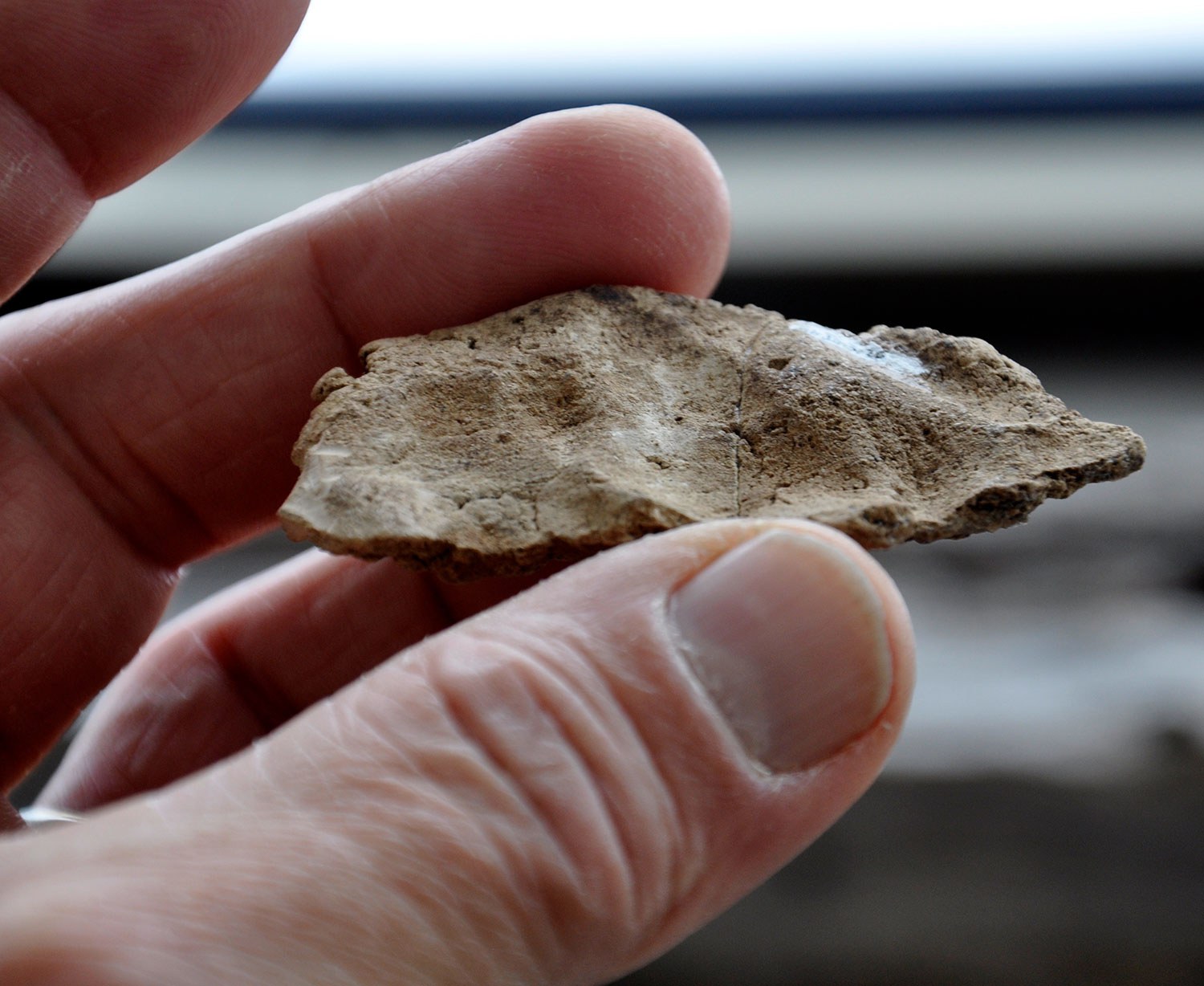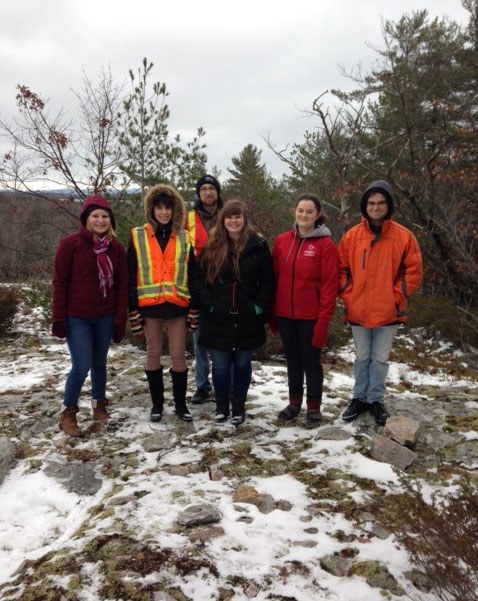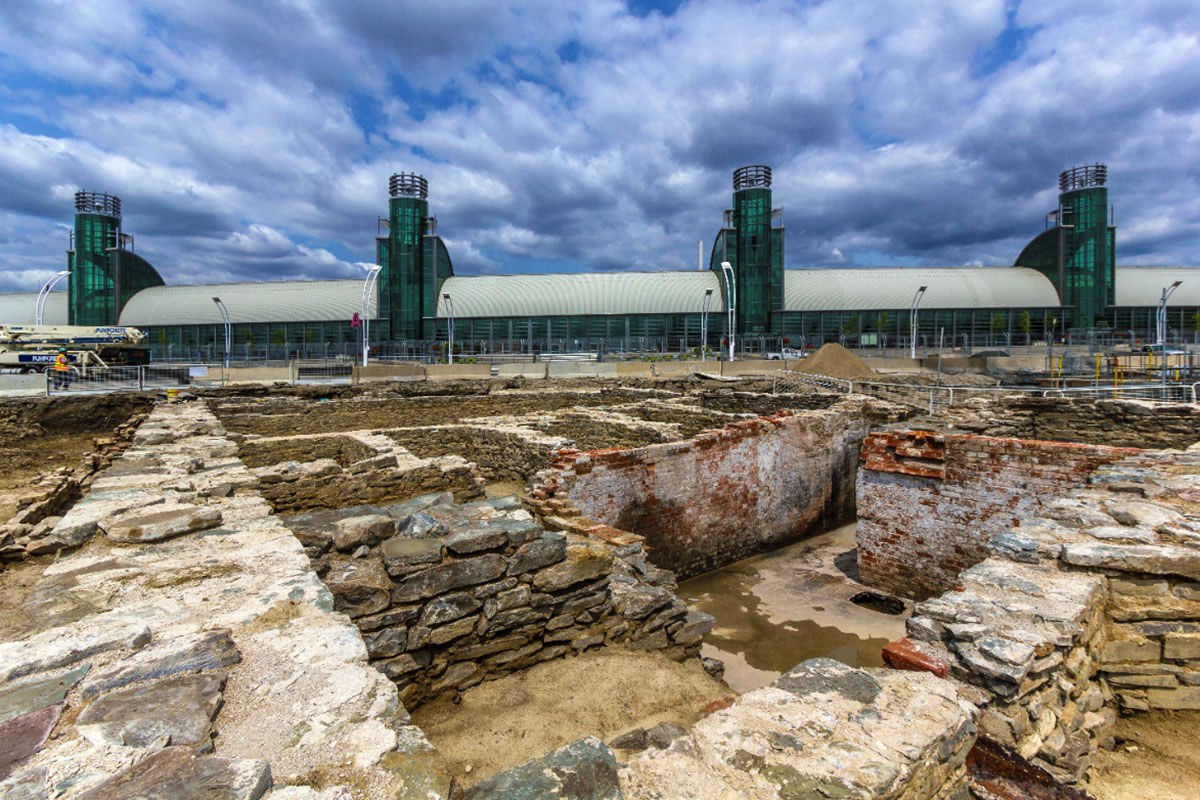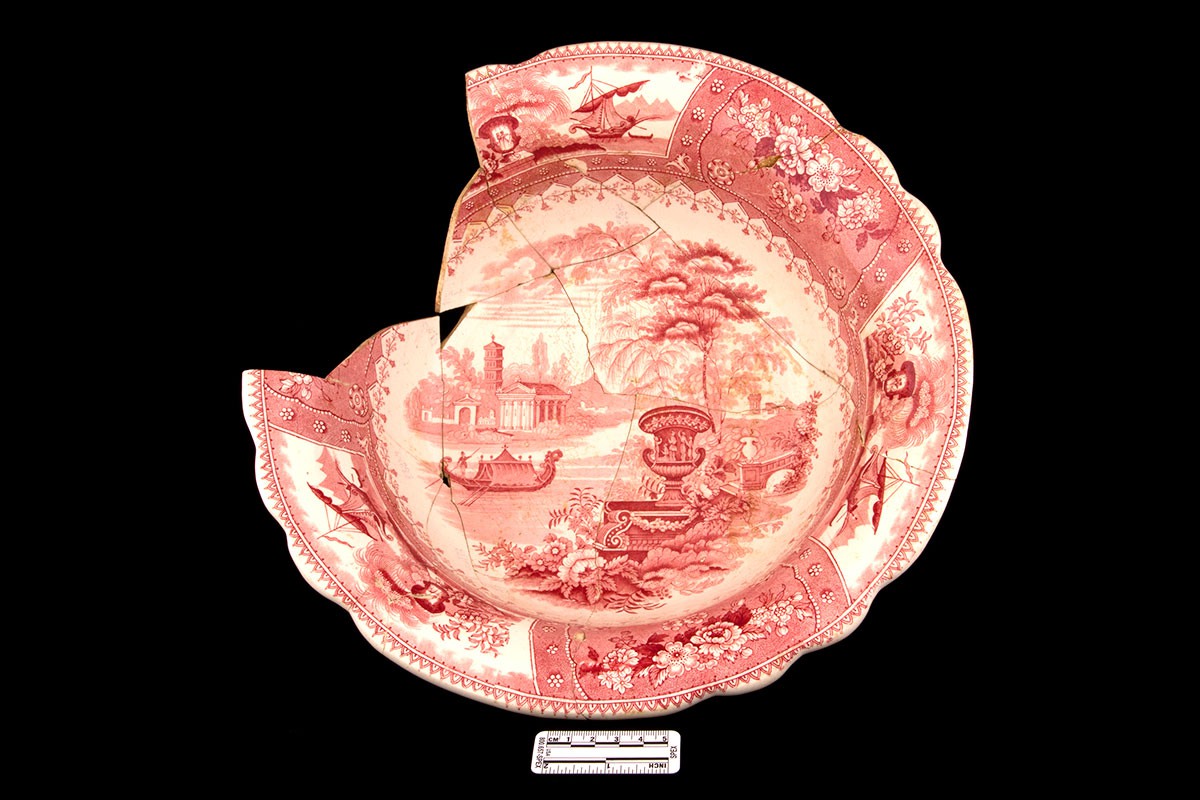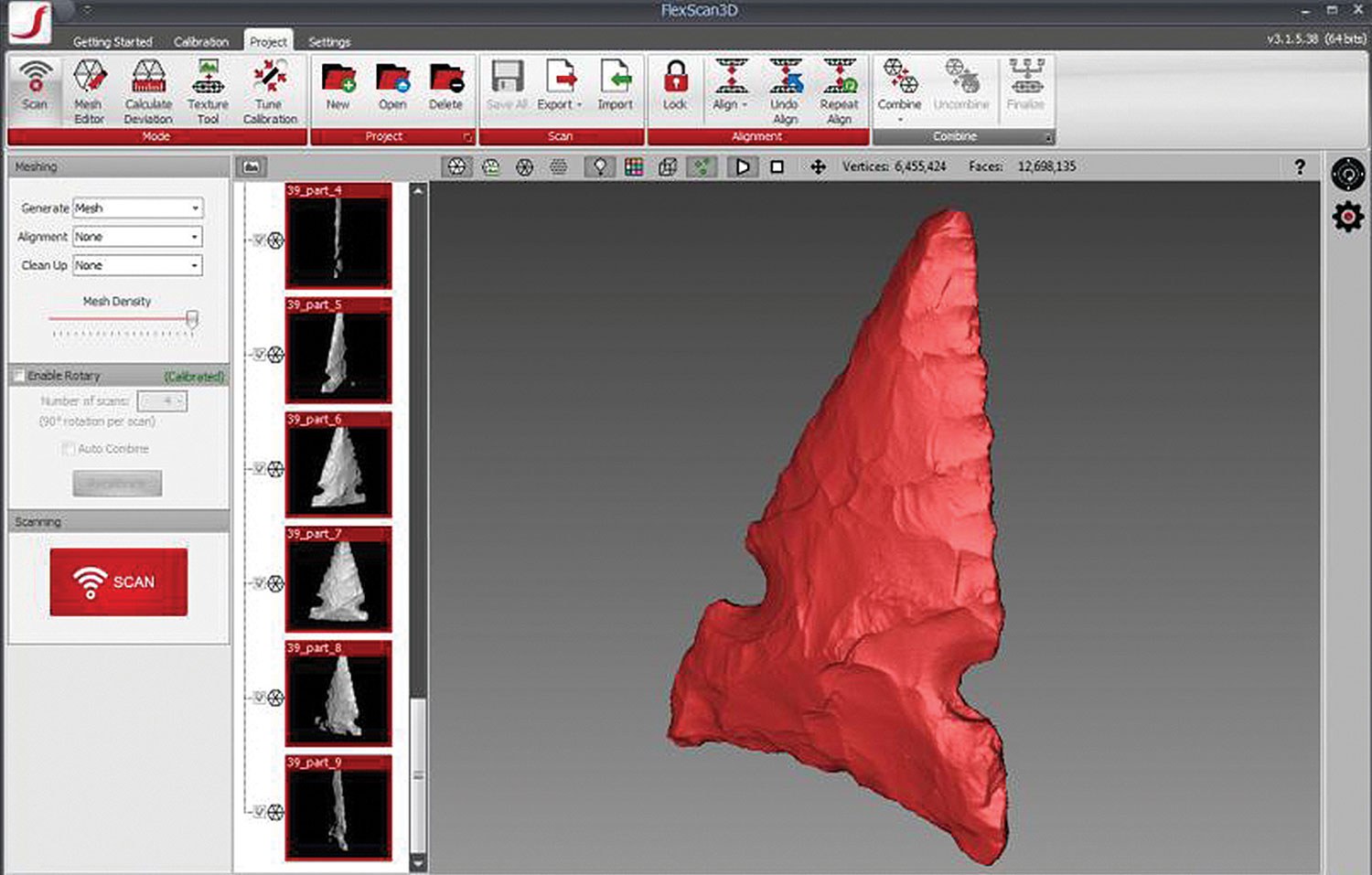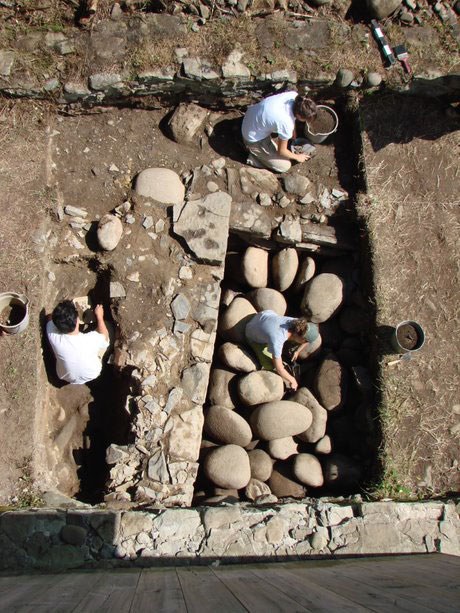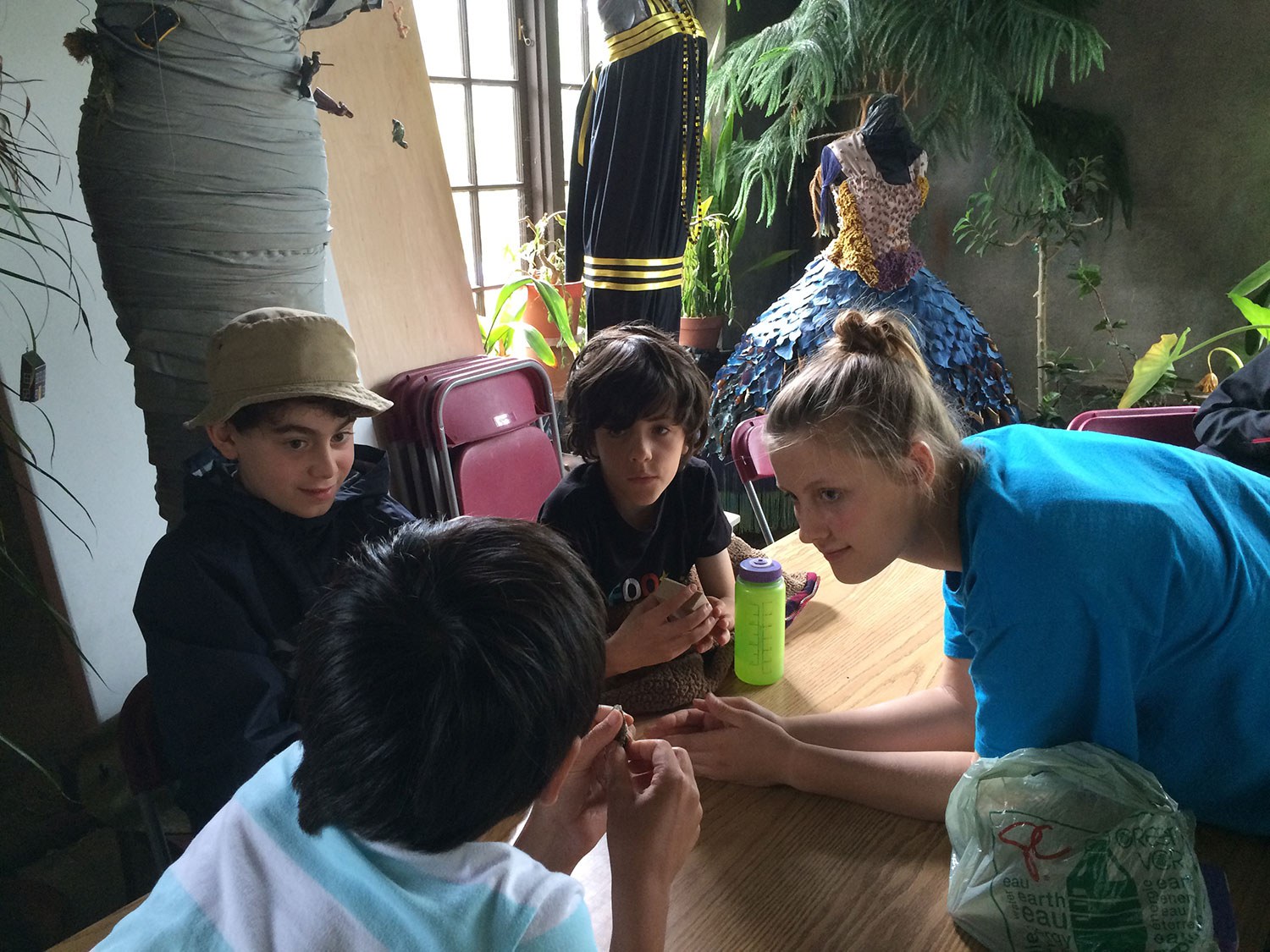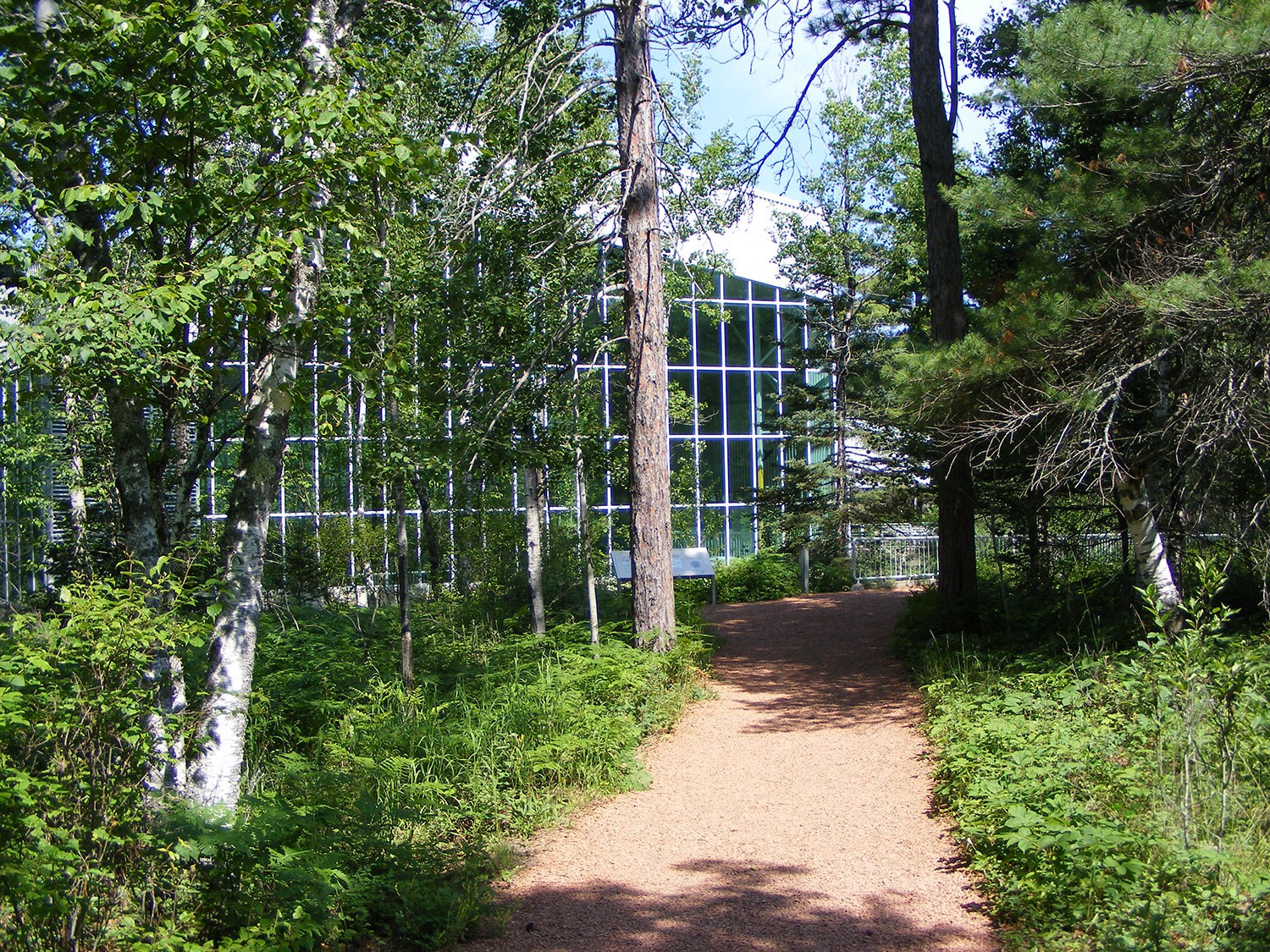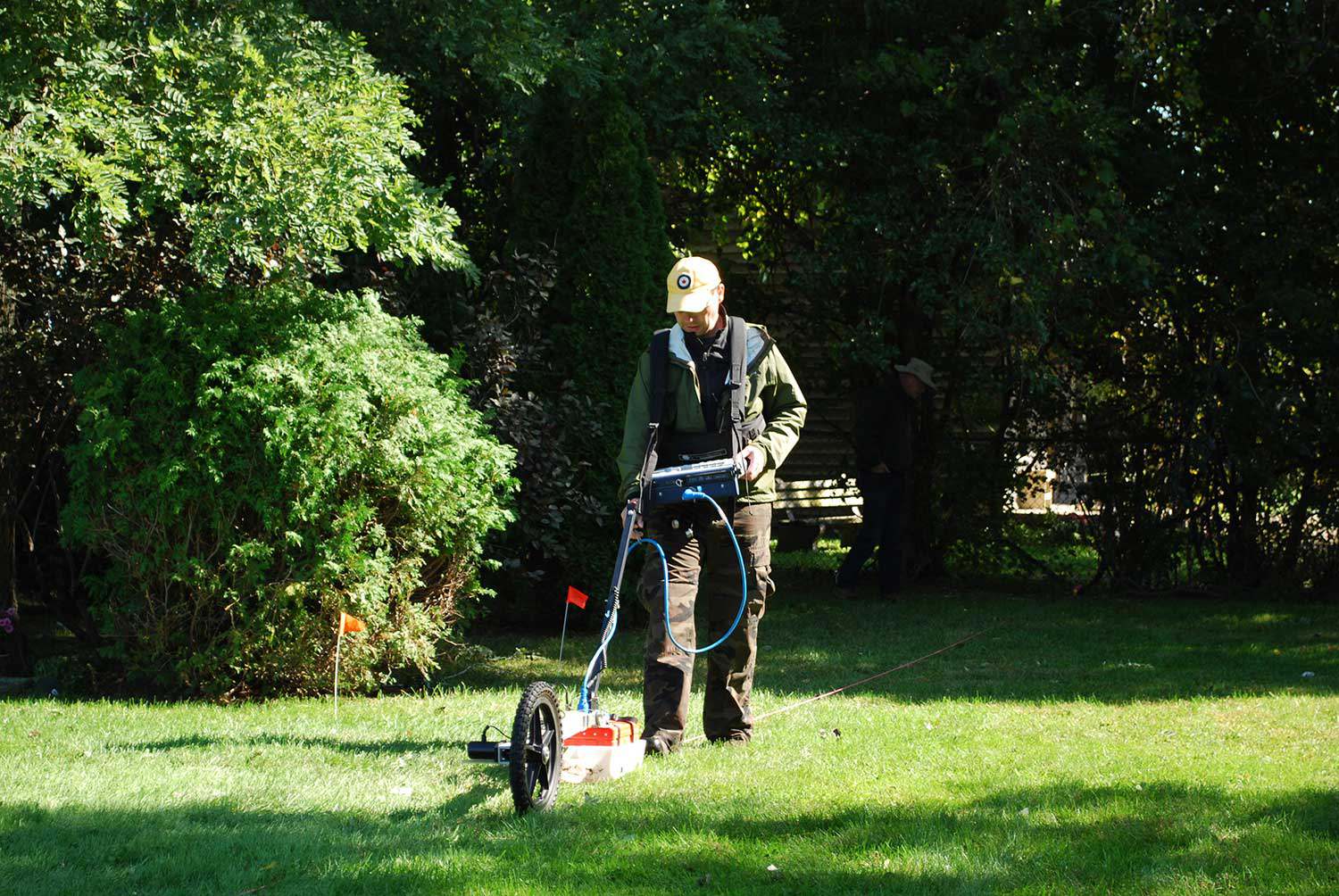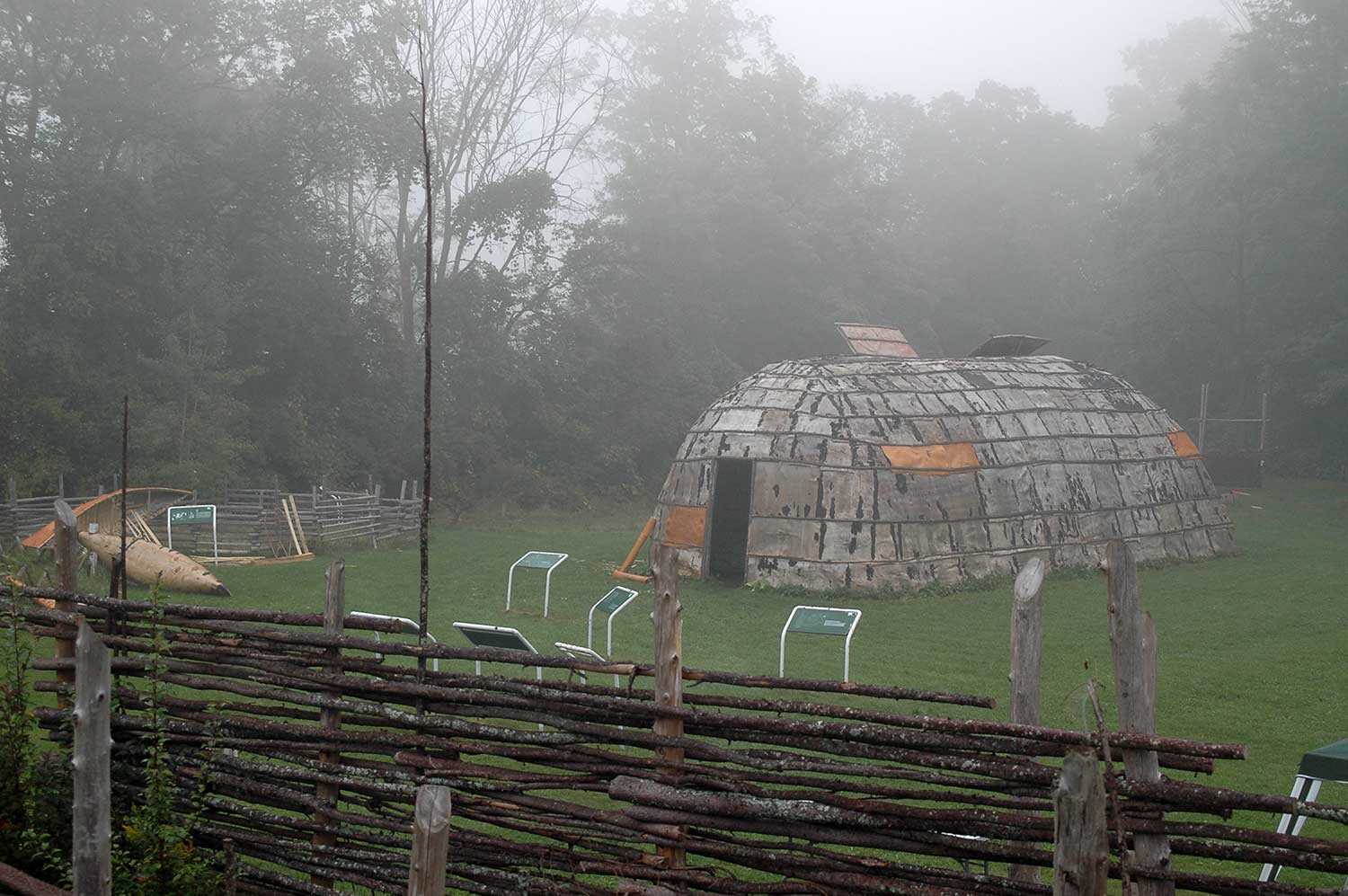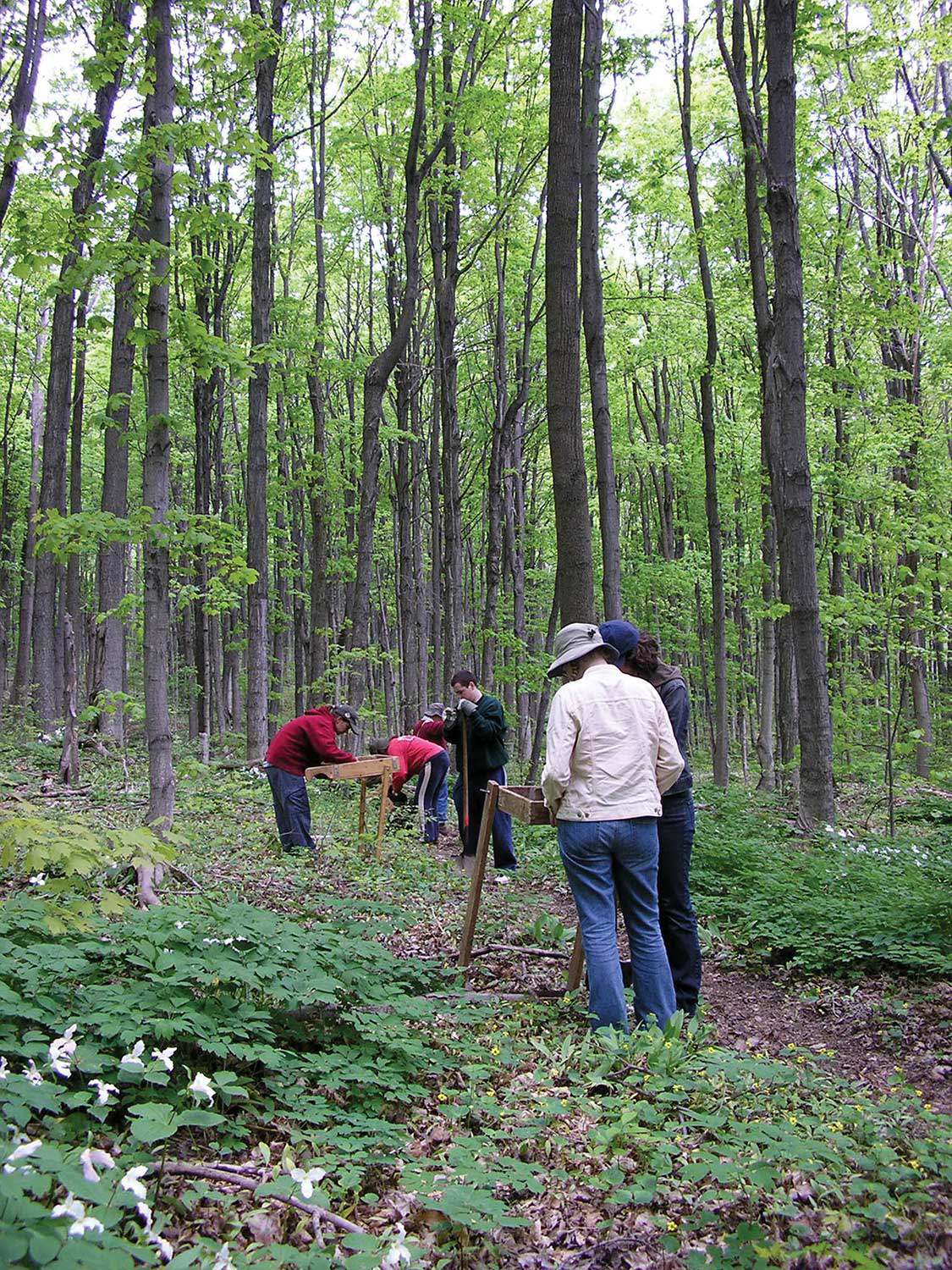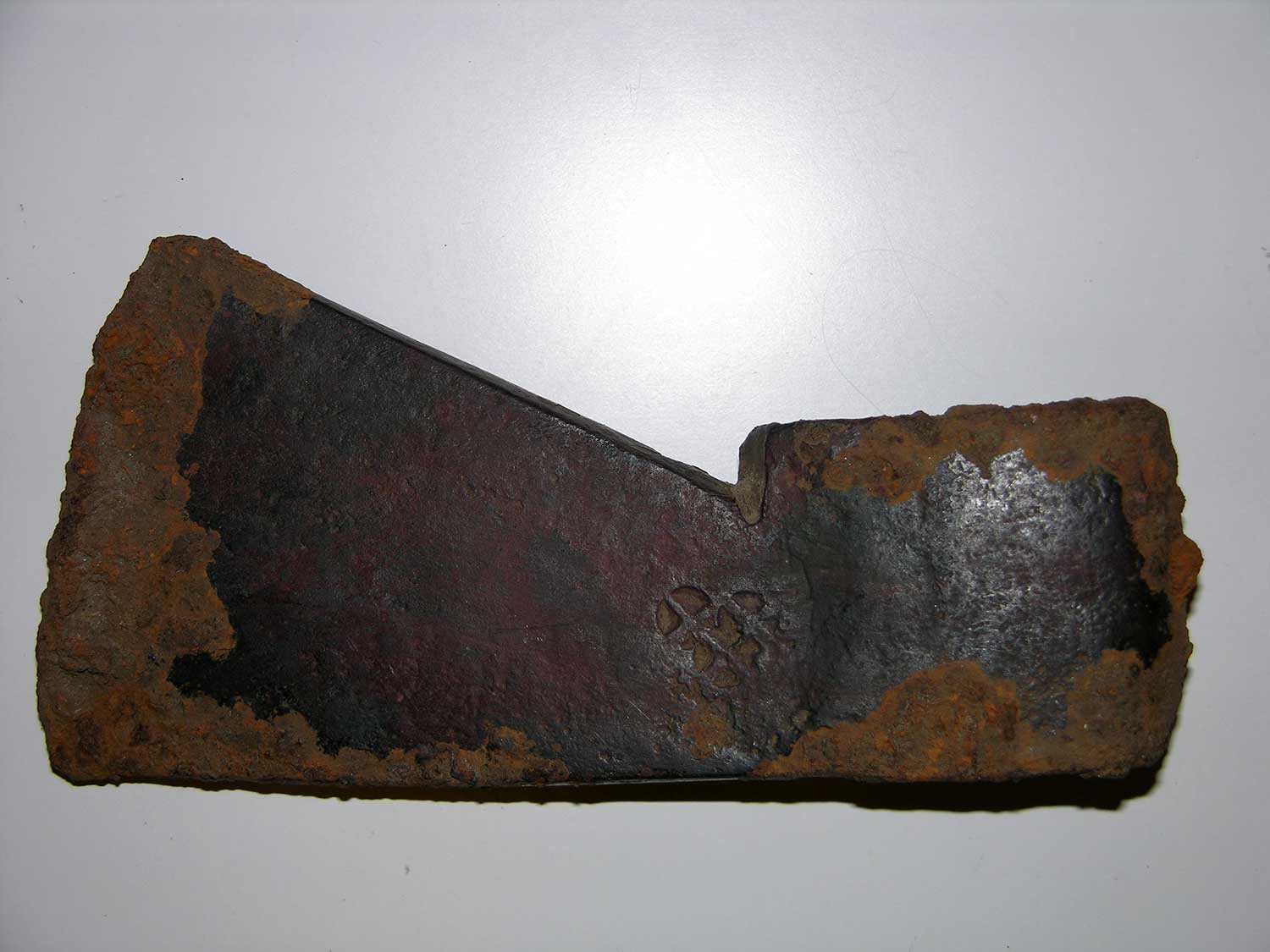

Browse by category
- Adaptive reuse
- Archaeology
- Arts and creativity
- Black heritage
- Buildings and architecture
- Communication
- Community
- Cultural landscapes
- Cultural objects
- Design
- Economics of heritage
- Environment
- Expanding the narrative
- Food
- Francophone heritage
- Indigenous heritage
- Intangible heritage
- Medical heritage
- Military heritage
- MyOntario
- Natural heritage
- Sport heritage
- Tools for conservation
- Women's heritage
The history of archaeological investigations at the Thomson-Walker Site
Huronia – the point of land jutting out into the southern end of Georgian Bay – has caught the imagination of historians and archaeologists for almost two centuries. The Thomson-Walker site is the location of one of many 17th-century Wendat villages in the region. Collectively, these sites have been subject to scrutiny by a diverse cast of characters – from interested amateur archaeologists to academics.
Archaeologists often try to answer a broad range of basic questions about any site: How old is it? Who lived there? Was it a village? How large was it? Why was it abandoned? Over the years, at least seven different archaeologists or teams of archaeologists have studied the Thomson-Walker site.
In the early 20th century, Andrew Hunter undertook what we would now call a regional survey of Huronia. He visited farmers and asked whether they had found artifacts while clearing or farming the land. Based on these interviews, he located numerous Wendat sites. His description of the Thomson-Walker site is short, but it places it squarely within the French period.
The site is bisected by a concession road and, in the 1940s, the property on the east side was purchased by the Thomson family. The Thomsons had no small acquaintance with archaeology: daughter Margaret excavated at Fort Ste. Marie during the early 1940s and eventually married Royal Ontario Museum archaeologist Douglas Tushingham. The Thomsons pursued their interest through excavations of middens (refuse heaps) at the edge of the site. They recovered a rich array of artifacts and generously donated the majority of this collection to the Royal Ontario Museum. (Douglas and Margaret Tushingham donated the property to the Trust in 1987).
Andrew Hunter’s survey work was followed by that of Frank Ridley in the 1960s and 1970s. Ridley did not actually excavate at Thomson-Walker, probably because an excellent sample of artifacts had already been recovered by the Thomsons, but he did suggest that the site was the location of the Wendat Cord Nation village Teanaustayé and the Jesuit mission of St. Joseph II.
The Royal Ontario Museum undertook the first formal research-oriented archaeological work. Under the direction of archaeologist Burke Penny, a team tested the site to determine its boundaries. Researchers estimated that the site is over 5 hectares (12 acres). Subsequently, other researchers have revised this downward, but the work of Penny demonstrated that this is a village of significant size. Penny’s crew also dug several test trenches and were successful in locating a palisade (a defensive structure).
By 1987, the importance of the site was well established. Thus, when the concession road was to be widened, a group organized by Jamie Hunter (Huronia Museum) was able to undertake salvage excavations. This group made important contributions to our understanding of the site. They were the first to document post-hole features (they discovered four houses all facing the same direction). Secondly, all artifact-rich soils were water-screened through fine mesh, allowing for the recovery of many small glass beads and animal bones.
Since 1987, excavations at Thomson-Walker have been intermittent. Three university field schools (1993, 1995 and 2006) have been located at the site. Those directed by Martha Latta (University of Toronto) resulted in the discovery of more sections of the palisade and another house, aligned in the same direction as those discovered in 1987. The Laurentian field school in 2006 confirmed the findings of Latta.
Unfortunately, the story of the excavations at the site does not end here, but rather with the discovery that the site had been disturbed by metal detector enthusiasts in 2009. Through the collaborative work of the Ontario Provincial Police and the Ontario Heritage Trust, the objects that were looted from the site have been turned over to the Trust.
There is certainly much more that we can learn from analysis of the rich collections that this important site provides. The exact identification of the Thomson-Walker site remains open for discussion, but it is clear that it is a large, Wendat Cord Nation village dating to the Jesuit period.
Archaeology at the Trust
The Trust has conducted archaeological research on its properties since 1970. Our practice is to consider archaeological potential on every heritage site that we acquire and to ensure that archaeological resources are identified and protected. Archaeological excavation occurs when impact necessitates excavation. The Trust’s preferred approach is to avoid archaeological deposits and protect in situ. The resulting archaeological collections form an interpretive resource that strengthens our understanding of our sites.
Facts and figures
- 148 registered archaeological sites owned and conserved by the Trust or protected by conservation easements
- over one million artifacts have been excavated from Trust properties within 163 collections
- largest site: Chedoke Falls site, 1.6 hectares, contains an early to middle Iroquoian site 1280-1350 BCE (before current era)
- oldest site: Farmer site, 9500-3000 BCE
- most sites on one property: 35 (Glassco Park in Vaughan)


